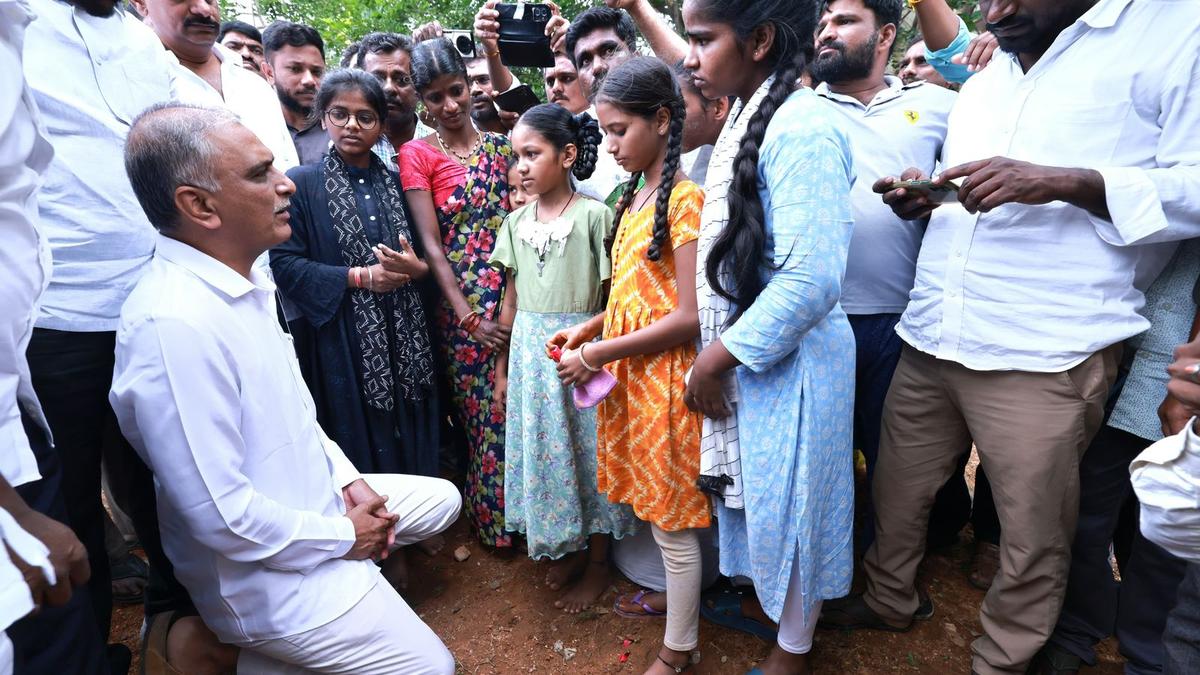Now Reading: DRDO Advances Hypersonic Tech to Counter Airborne Threats
-
01
DRDO Advances Hypersonic Tech to Counter Airborne Threats
DRDO Advances Hypersonic Tech to Counter Airborne Threats

Rapid Summary
- DRDO chairman Samir V. Kamat urged the Kalam Missile Complex to focus on developing faster, stealthier, and more agile missiles, notably hypersonic systems, in response to advanced air defence threats.
- Mr. Kamat emphasized accelerating the induction of weapon systems currently in user trials and praised DRDO’s contributions to ‘Operation Sindoor.’
- Indigenous missile systems such as Akash air-defence, BrahMos, MRSAM, and ULPGM-developed at Hyderabad’s missile complex-were highlighted for their performance during ‘Operation Sindoor.’
- U. Raja Babu, Director General of Missiles and Strategic Systems, detailed the complex’s capabilities in designing a diverse range of missiles targeting various platforms from underwater to outer space.
- former DRDO chairman G. Satheesh Reddy encouraged collaboration between scientists and users for innovative missile technology with strategic surprise elements for future conflicts.
- The workshop at the Defence Research and Progress Laboratory (DRDL) showcased sub-systems used in Operation Sindoor at an exhibition featuring addresses by industry leaders like G.A Srinivasa Murthy and founding members of programs like Akash Weapon System.
Indian Opinion Analysis
The discussions at the Kalam Missile Complex reinforce India’s push toward self-reliance in advanced defence technology amidst evolving geopolitical threats. The emphasis on hypersonic weapons aligns with global trends where speed, stealth, and agility are increasingly vital for operational supremacy against sophisticated air defences.
By highlighting indigenous systems like BrahMos and Akash that proved instrumental during ‘Operation Sindoor,’ this workshop underlines India’s capability to develop world-class solutions domestically while bolstering its strategic deterrence capabilities.Though, calls from leadership such as Mr. Kamat to accelerate induction indicate ongoing challenges regarding efficiency or integration within operational timelines-a critical aspect demanding attention given mounting security imperatives globally.
India’s ability to harness cutting-edge innovation through collaborative efforts between scientists and end-users could serve not only national security but also position it competitively within a thriving international defence industry landscape.
Read more: [Link Unavailable]























